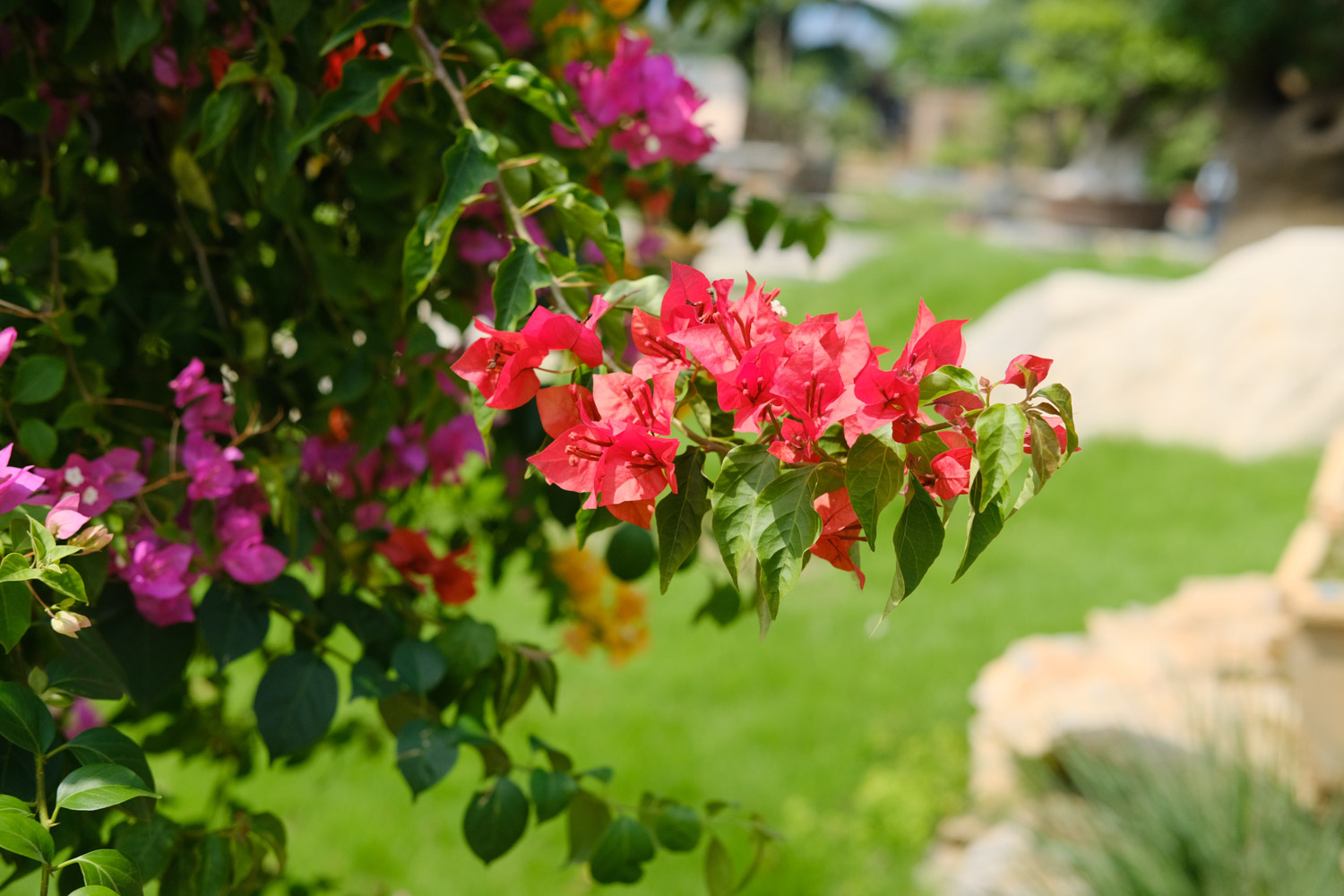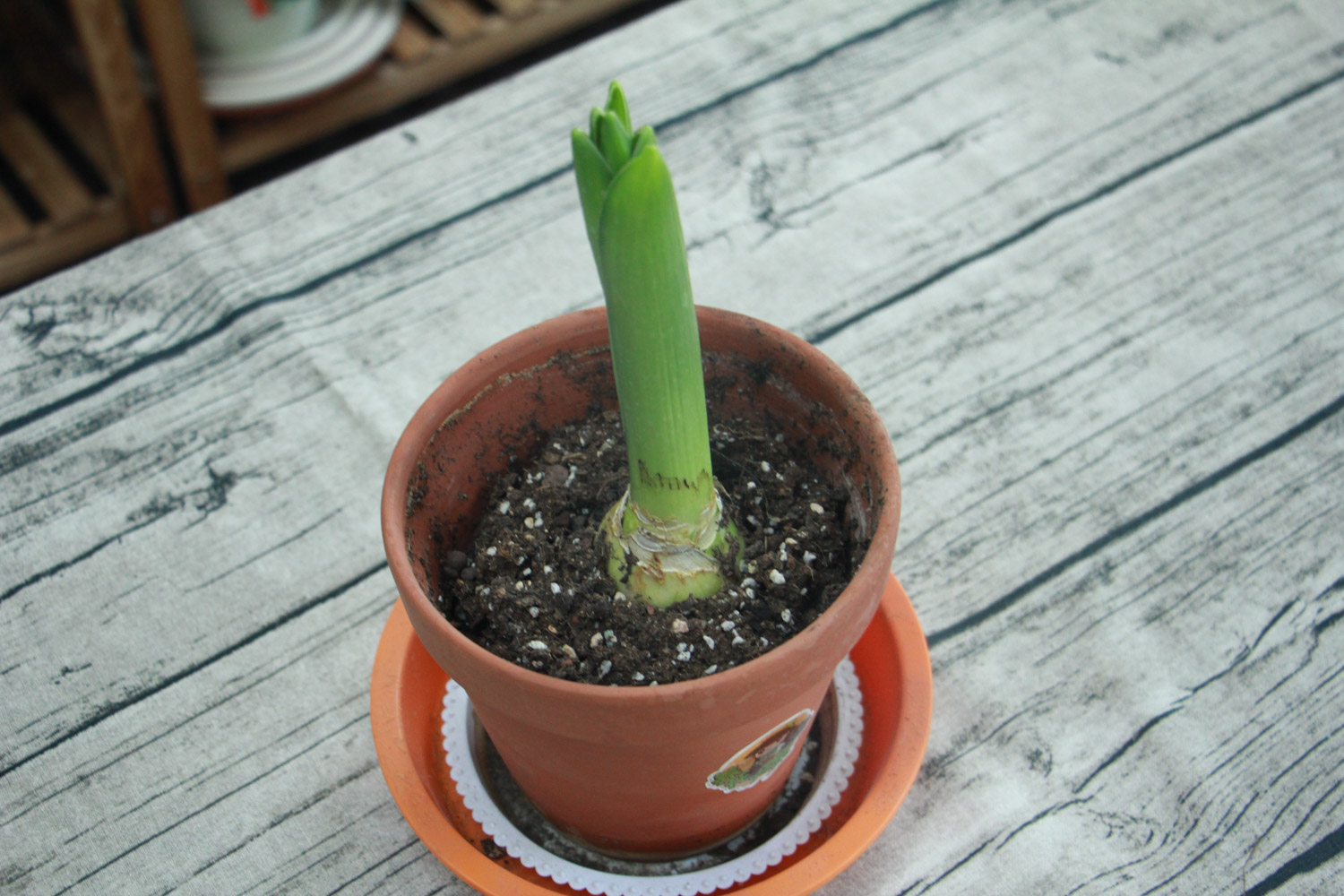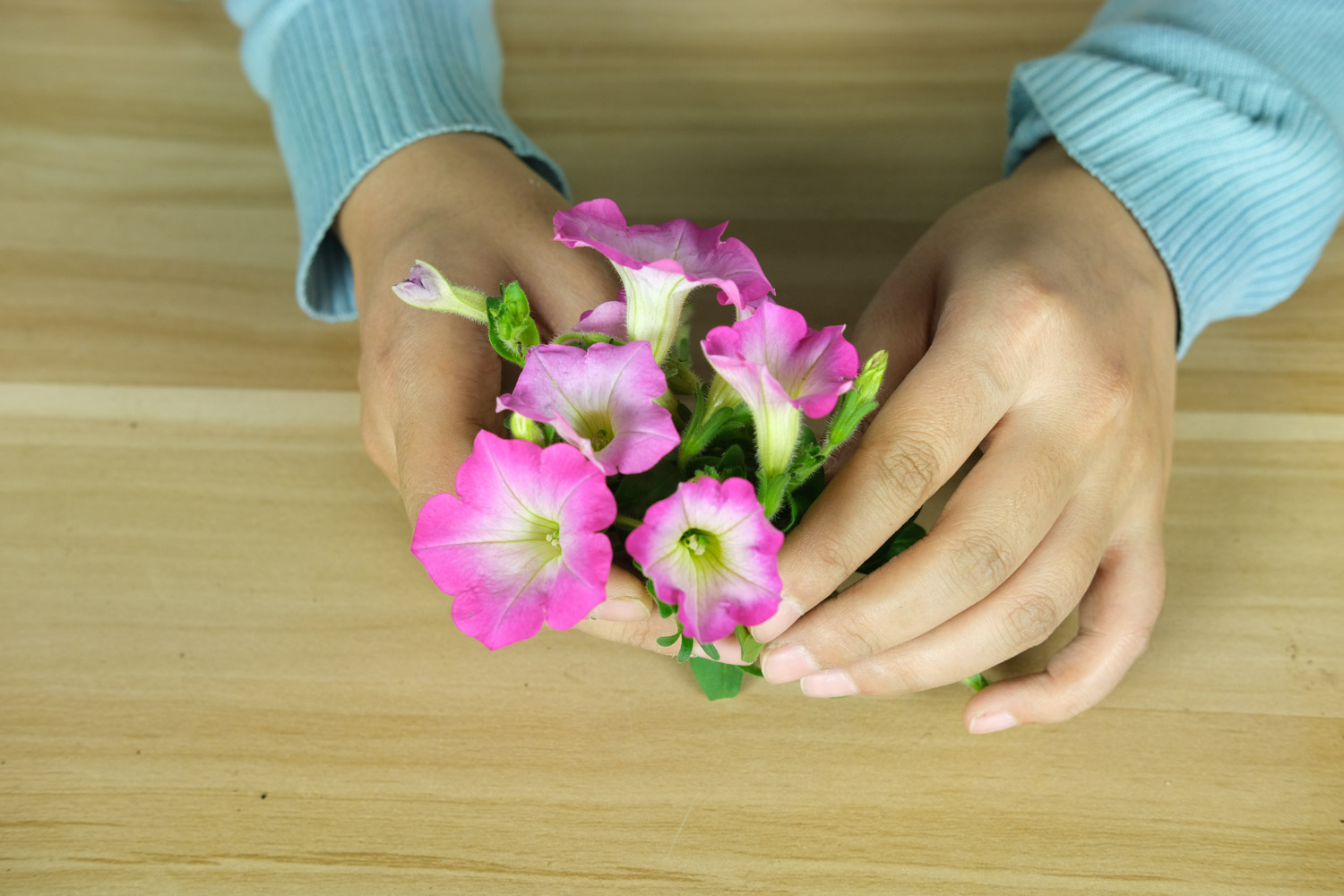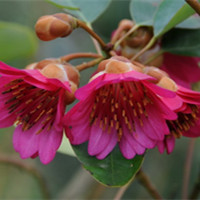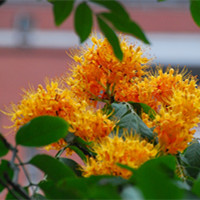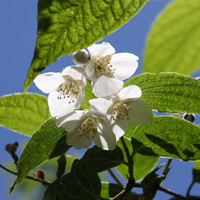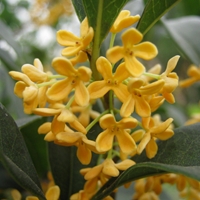Another name for Manjusri orchid
Its nicknames include wenzhulan, Wenlan tree, apron belt, water banana, sea banana, Yujiao, yumilan, kelp 7, etc
Morphological characteristics of Manjusri
Manjusri asiatica: strong perennial herb. Long columnar bulb. The whole plant is less than 30, in the shape of multiple rows and covered with needles, up to about 1 meter long. Its width is about 7-12 cm, or even wider. It is tapered from low to high, with a sharp head and dark green edge. Its flower stem is upright, almost as long as the leaves, with about 10-24 flowers and umbel inflorescences; Pedicel ca. 0.5-2.5 cm long. Spherical fruit, about 4 cm in diameter, with a seed. Its flowering period is in summer
Lovely Manjusri orchid: it is different from the bulb of Asian Manjusri orchid. It is not a wavy leaf. The height of the plant is less than 60cm, which is distributed in tropical Asia. Its flowers are slightly neat than that of Asian Manjusri. Most of the flowers open together. Generally, the flowers will droop before flowering
Red Manjusri orchid: it is not much different from the plant type of Asian Manjusri orchid, and the shape of the flowers is as irregular as Manjusri orchid. There are Ceylon stripes on the flowers, and a touch of red and gorgeous Manjusri orchid
Growth habits of Manjusri
Manjusri likes to live in a warm, humid, sunny and fertile environment. It is not resistant to cold, salt and alkaline soil. However, direct sunlight is not allowed in the seedling stage. The suitable temperature for growth is 15-20 ℃. During the dormancy period of bulbs in winter, the storage temperature at this time should be controlled at about 8 ℃
the sandy culture soil with high humus content, fertile bushes and strong permeability is suitable for potting
The flower language of Manjusri
Hold the hand of your son and grow old with your son; Walking with you is the love of a couple


